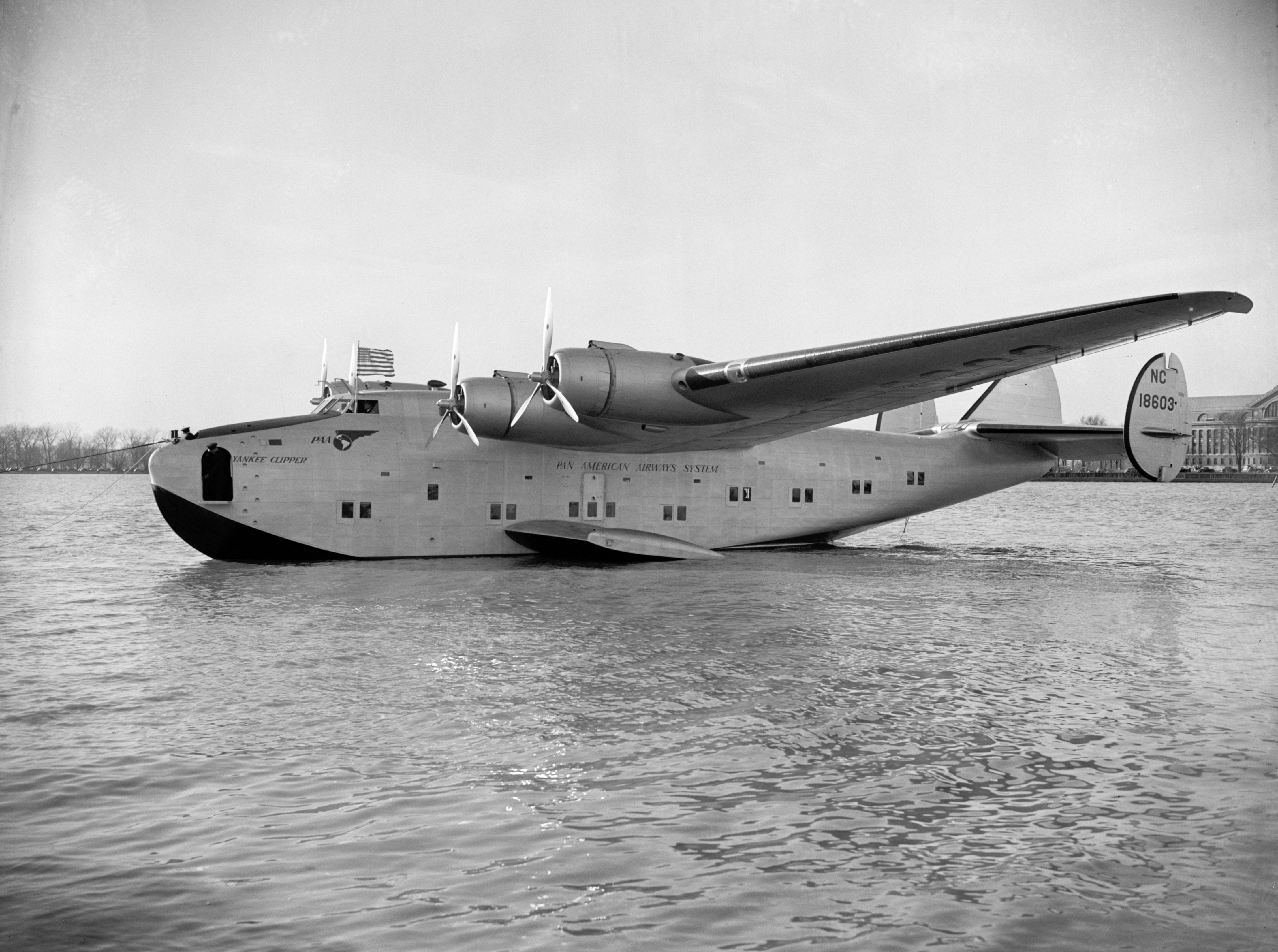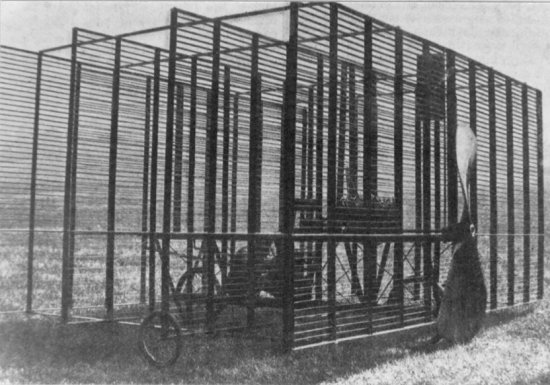ScottM
Taxi to Parking
- Joined
- Jul 19, 2005
- Messages
- 42,529
- Location
- Variable, but somewhere on earth
- Display Name
Display name:
iBazinga!
Well the definition of a wing is a thin structure of an airfoil shape to generate lift. A lifting body is a airfoil shaped body. Both are airfoils. A plane is is an aircraft capable of flight using forward motion that generates lift by moving air over its airfoils. Seems that they are the same things.Well... It has NO wings.
Though I suppose the fuselage in this case could be the "plane" part.












